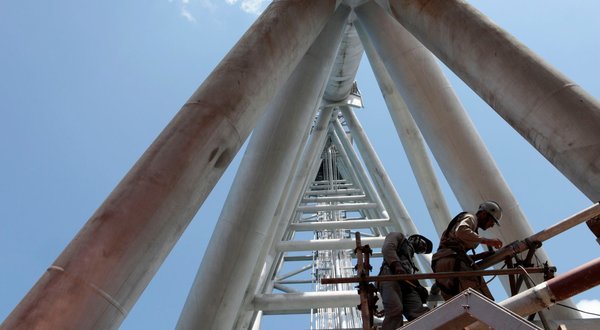I have often published posts that suggest that North America pay attention to it’s relationship with the rest of the Americas. This article is juct another reason as to why.
For the first time in decades, the emerging prize of global energy may be the Americas, where Western oil companies are refocusing their gaze in a rush to explore clusters of coveted oil fields. Even Panama has started exploring new oil reserves.
“This is an historic shift that’s occurring, recalling the time before World War II when the U.S. and its neighbors in the hemisphere were the world’s main source of oil,” said Daniel Yergin, an American oil historian. “To some degree, we’re going to see a new rebalancing, with the Western Hemisphere moving back to self-sufficiency.”
RIO DE JANEIRO — Brazil has begun building its first nuclear submarine to protect its vast, new offshore oil discoveries. Colombia’s oil production is climbing so fast that it is closing in on Algeria’s and could hit Libya’s prewar levels in a few years. ExxonMobil is striking new deals in Argentina, which recently heralded its biggest oil discovery since the 1980s.
Up and down the Americas, it is a similar story: a Chinese-built rig is preparing to drill in Cuban waters; a Canadian official has suggested that unemployed Americans could move north to help fill tens of thousands of new jobs in Canada’s expanding oil sands; and one of the hemisphere’s hottest new oil pursuits is actually in the United States, at a shale formation in North Dakota’s prairie that is producing 400,000 barrels of oil a day and is part of a broader shift that could ease American dependence on Middle Eastern oil.
